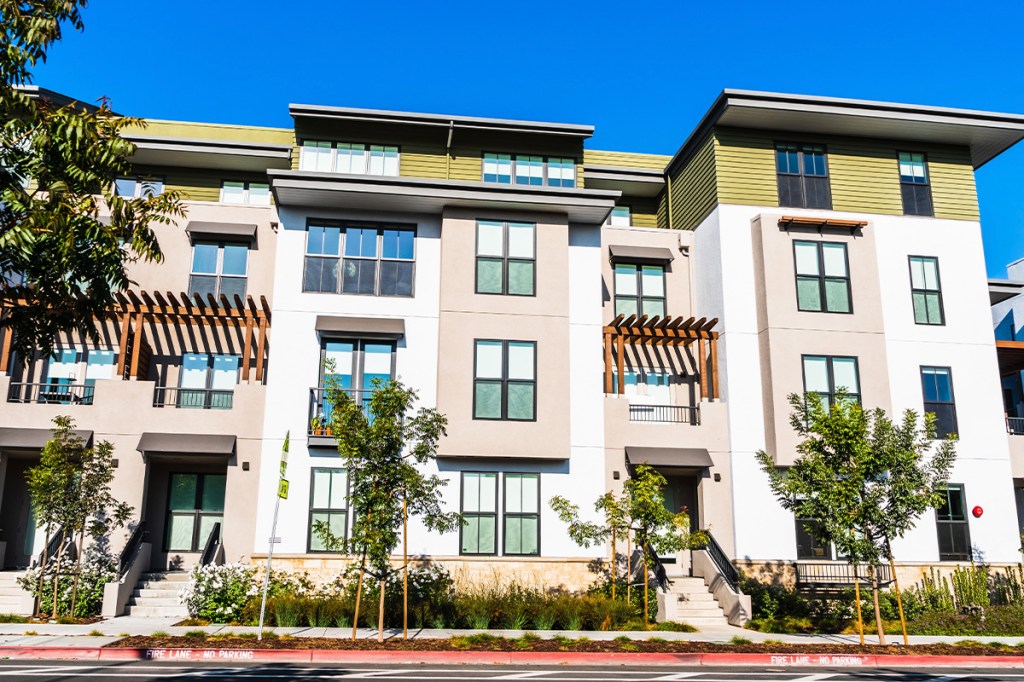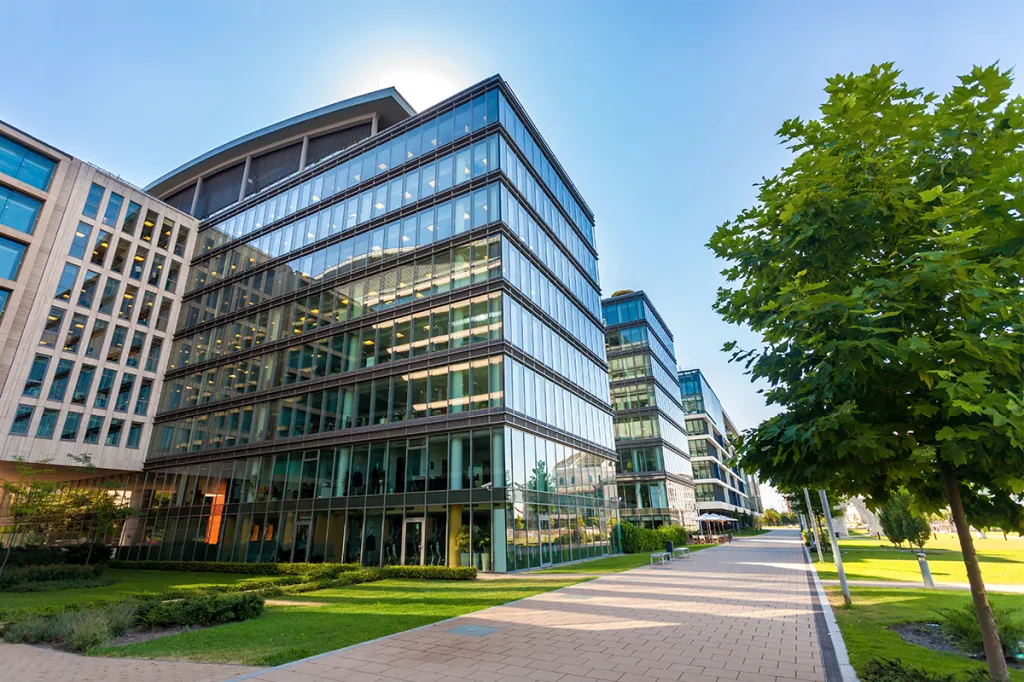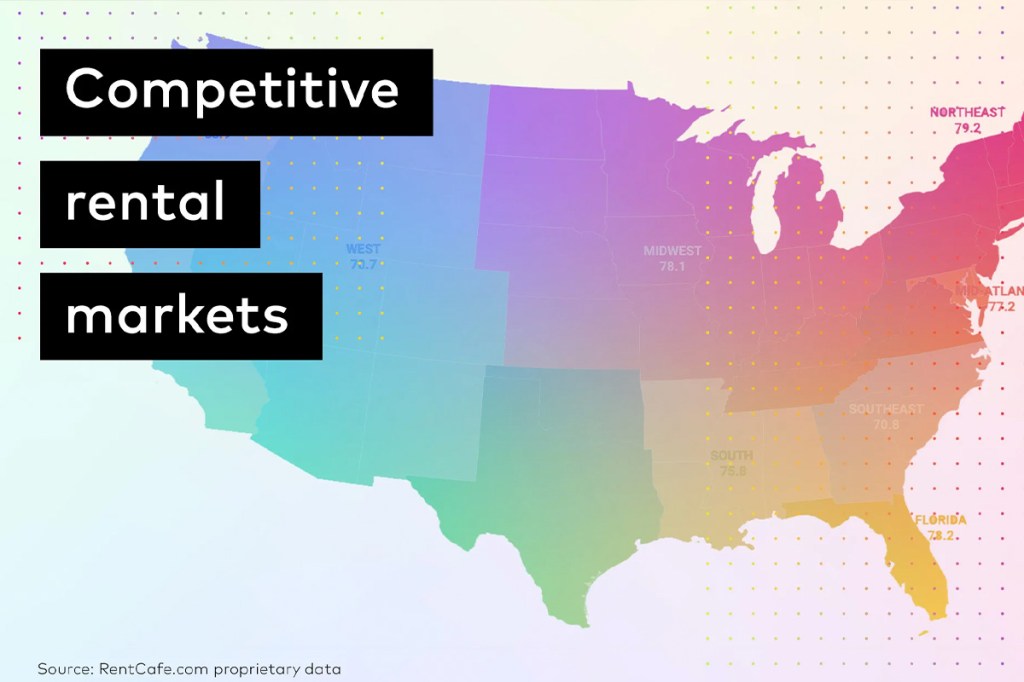
It’s so important to keep your HOA and condo community financially healthy. One of the best ways to do this is through a reserve fund study. These studies give you a clear plan for future repairs and replacements, helping to avoid or at least plan for unexpected costs. By understanding what a reserve fund study requires, how to carry one out and why it matters, HOA and condo managers can keep their communities thriving for generations of homeowners to come.
What is a reserve fund study?
A reserve fund study is a planning tool for HOA and condo associations. Each study involves a deep look at the community’s assets to make sure there are enough funds set aside for future expenses. This helps prevent financial problems and avoids the need for special assessments.
Components of a reserve fund study
A reserve fund study has two main parts: physical and financial.
Physical analysis
Component inventory: This involves listing all common area assets maintained by the association.
Condition assessment: This checks the current state of each asset.
Life and valuation estimates: This is an estimate of each asset’s remaining lifespan and replacement cost.
Financial analysis
The financial analysis assesses the reserve fund status, which is the current financial health of the reserve fund, including its balance and past funding efforts.
The financial analysis also provides a funding plan to ensure enough funds are available for future repairs and replacements. Plans are less accurate the further into the future they look, but long-term projections are important.
Most reserve fund studies will account for the next 20 years.
Types of reserve studies
Reserve studies can vary in detail, generally falling into four categories:
Preliminary study: This is done before a community is built. It’s based on blueprints and construction plans and does not apply to anyone currently managing an association.
Off-site study: This is the least expensive and least detailed type of reserve fund study. It is conducted off-site, using conversations with the association leaders to plan and make recommendations.
On-site study: A professional visits the property to conduct a review.
Full reserve study: Think of this as a supercharged on-site review. It’s common to have multiple on-site professionals, so a second opinion can be gathered. This is the most expensive option, but it is also the most complete.
8 steps of a reserve fund study
1. Hire a professional
Reserve studies are complex. It’s best to hire a certified professional like a Reserve Specialist or a Professional Reserve Analyst. Do some research on potential consultants and choose someone with experience relevant to your type of property.
Organizations like CAI and APRA train and maintain credentials for certified reserve study professionals. Although hiring professionals might be more costly than doing the study yourself, think of it as an investment in your community’s future.
It’s common for reserve studies to be conducted every 1 to 5 years. State regulations might require more frequent studies.
No matter the cost, remember, a reserve study’s expenses are almost always going to be lower than the cost of an unexpected or emergency repair.
2. Conduct a document review
Collect all necessary documents, including community blueprints, governing documents, previous reserve studies, maintenance records and financial statements. This will help you understand the patterns of repairs and replacements. A robust accounting tool like Yardi Breeze Premier can help you stay on top of your finances.
3. Do an inventory & condition assessment
Make a list of what needs to be included in the reserve study. Record the condition of each asset and make a detailed record of all repair needs. Likewise, estimate any repair or replacement costs. Take photographs to document the condition of each component.
4. Determine life & valuation estimates
Figure out the remaining useful lifespan of your assets. If looking into the future, do your best to accommodate for inflation.
5. Perform an on-site inspection
Plan and schedule on-site inspections with your chosen professional. Conduct a thorough inspection of all common elements, including roofs, pavements, HVAC systems, plumbing, electrical systems and any other major components.
6. Conduct a financial analysis
Assess the current financial status of the reserve fund, including its balance and past funding efforts. Create a strategic funding plan that includes a 20-year projection of contributions, expenses and ending balances. (Some may even look as far ahead as 30 years.)
7. Report on your findings
The final report should include everything discussed above. You’ll also want to make a project schedule and see if the reserve fund will be able to accommodate future needs. The final report is what gets shared with the HOA board and homeowners.
8. Implement the plan
Once approved, the reserve study needs to be implemented, which often requires adjustments to the current budget. Follow all applicable laws in your state regarding reserve study frequency. Conduct an annual review to adjust for any changes that occur throughout the year.
Importance of reserve fund studies
Reserve fund studies for HOA and condo management are key aspects of this line of work. They provide financial stability and ensure your association has a clear long-term plan to stay out of the red.
Studies make it easier to maintain property values. You want your association’s homes to rise in value, after all!
HOA board members have a responsibility to manage the association’s funds and uphold financial responsibilities. Doing so protects the association from potential legal trouble.
Reserve studies provide a transparent roadmap that can be easily communicated to homeowners, enhancing trust and overall satisfaction.
Many states have specific requirements for reserve funds and reserve studies. Regularly conducting reserve studies will help you comply with legal requirements to avoid penalties.
Glossary of important terms
The following are common related terms in the industry and worth knowing.
Cash flow method: A plan in which contributions from homeowners offset the payouts from the reserve fund.
Condition assessment: The condition of every asset in the study.
Percent funded: Percentage of the reserve balance to the fully funded balance.
Replacement cost: Cost of replacing, repairing or restoring a reserve component to its original condition.
Reserve balance: Funds used to cover future repairs or replacements.
Reserve fund status: Status of the reserve fund as measured against another financial benchmark.
Remaining useful life (RUL): An estimate for how long an asset is expected to be of use before requiring repair or replacement.
If you would like to talk to a Yardi expert about how Yardi Breeze Premier can help you manage your reserve fund, contact us.



